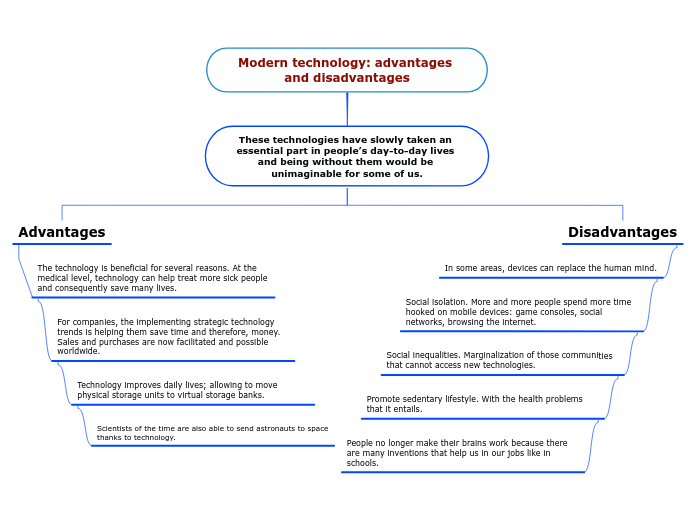作者:Nazurah nadzirah 9 年以前
741
History of Animation
The evolution of animation has seen significant milestones starting from the late 19th century. Initially, animated phase pictures were marketed on disk and cylinder machines, like the Phenakistiscope and Zoetrope, which became popular forms of entertainment during the industrial age.









